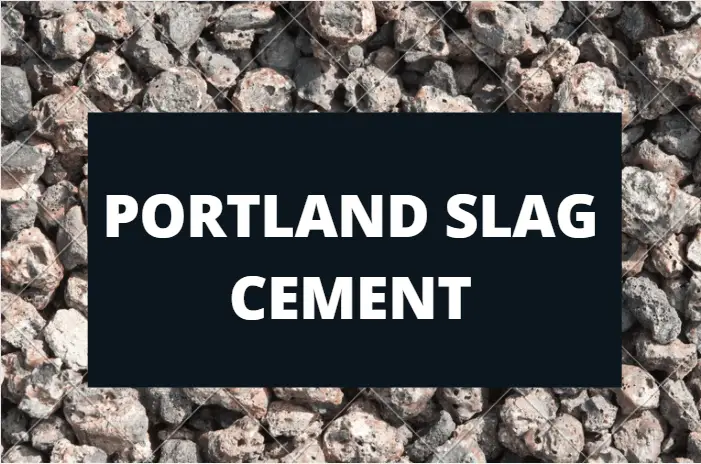Portland Slag Cement (PSC) is a type of cement that incorporates ground granulated blast furnace slag, a byproduct of the iron and steel industry, into the cementitious blend. PSC offers several benefits such as improved durability, reduced heat of hydration, and enhanced workability. Here is a step-by-step guide to help you understand the production of Portland Slag Cement:
Step 1: Raw Material Selection
The primary raw materials for PSC production are clinker, slag, gypsum, and sometimes, additional mineral admixtures. The clinker is obtained from limestone and clay, while the slag is a byproduct of the iron and steel industry. It is crucial to select high-quality raw materials to ensure the desired properties of the final product.
Step 2: Clinker and Slag Grinding
The clinker and slag are separately ground into a fine powder. The clinker is typically ground in a ball mill, while the slag is usually ground in a vertical roller mill. Grinding the clinker and slag to a specific fineness allows for better reactivity and performance in the final cement blend.
Step 3: Blending
Once the clinker and slag individually ground, they proportionately blend together to form the PSC blend. The blending process can be achieved either in the grinding stage or by blending the two powders in the required ratio during the cement manufacturing process. The blend typically contains a specific percentage of clinker and a higher percentage of slag, which can vary depending on the desired properties of the cement.
Step 4: Addition of Gypsum and Mineral
Admixtures To regulate the setting time and control the early strength of the cement, gypsum add to the PSC blend. Gypsum acts as a retarder, slowing down the hydration process. In some cases, mineral admixtures such as fly ash or silica fume may add to further enhance specific properties of the cement, such as workability or durability.
Step 5: Grinding and Storage
After the addition of gypsum and any mineral admixtures, the PSC blend undergoes a final grinding process to achieve the desired fineness. The grinding can perform in a ball mill or vertical roller mill. Once ground, the PSC is stor in silos or storage facilities to maintain its quality until it is ready for distribution.
Step 6: Quality Control
Throughout the production process, quality control measures implement to ensure that the PSC meets the required specifications. Various tests, such as fineness, setting time, compressive strength, and chemical composition analysis, conduct on samples taken at different stages of production. These tests help ensure that the PSC meets the desired standards and performs optimally in various applications.
Step 7: Packaging and Distribution
The final step involves packaging the PSC into bags or bulk containers for distribution to construction sites and cement users. Proper packaging and labeling are essential to maintain the quality and traceability of the cement. The packaged PSC then transport to the market for use in construction projects.
In conclusion, Portland Slag Cement (PSC) is a type of cement. That incorporates ground granulated blast furnace slag into the cementitious blend. The step-by-step guide above provides an overview of the production process, including raw material selection, clinker and slag grinding, blending, addition of gypsum and mineral admixtures, grinding and storage, quality control, and packaging and distribution. PSC offers several advantages over conventional cement, making it a sustainable and reliable choice for various construction applications.

